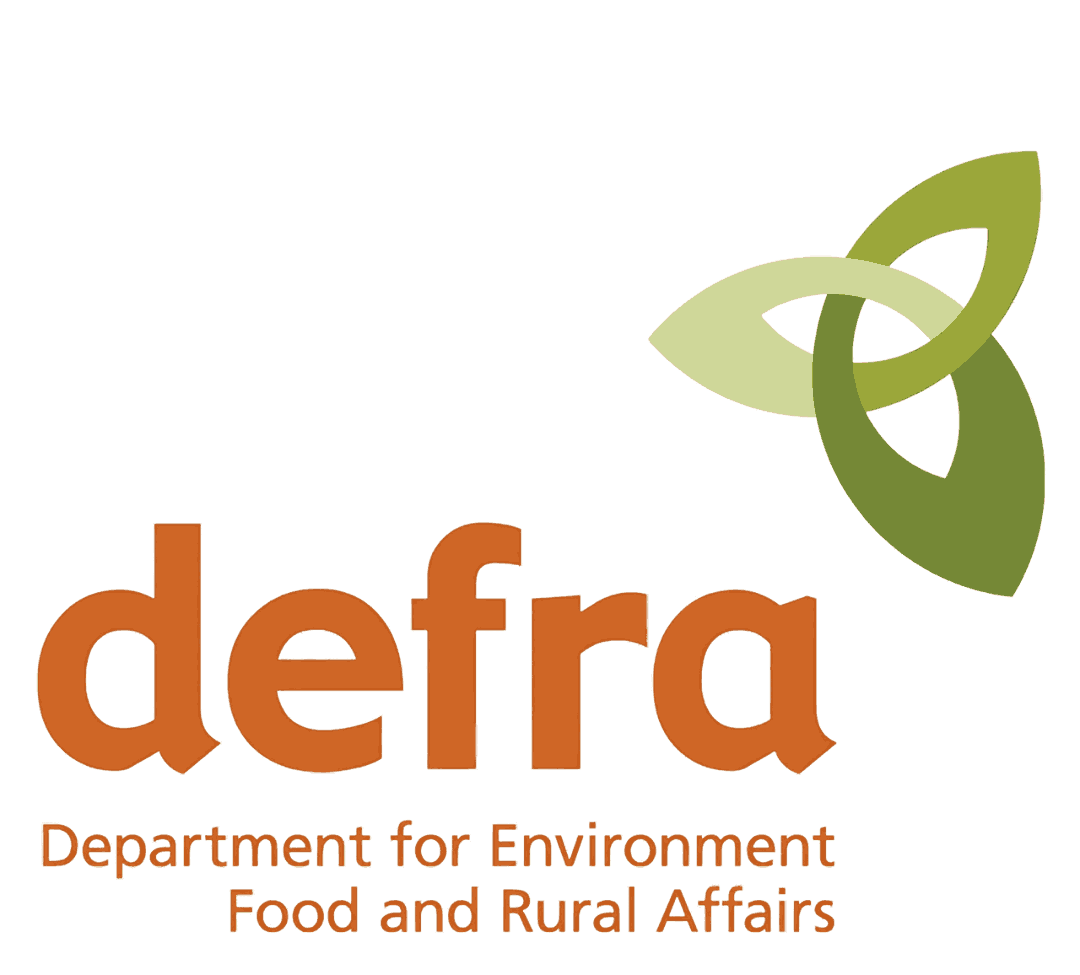
introduction Pet Plan

Welcoming a furry friend into your life brings immeasurable joy and companionship. Whether you have a playful pup, a curious cat, or any other beloved pet, ensuring their well-being is paramount. Just like any family member, pets deserve to be protected, and crafting an ideal pet plan is the key to providing them with the care they need throughout their lives.
Introduction to Pet Plan: In the dynamic landscape of pet ownership, the concept of crafting a pet plan has evolved into an essential practice for ensuring the well-being and longevity of our beloved furry companions. Welcoming a pet into your life brings immeasurable joy and companionship, but it also comes with the responsibility of providing them with the care and protection they need to thrive. Just like any family member, pets deserve to be safeguarded through a well-thought-out pet plan tailored to their individual needs and circumstances.
Understanding Your Pet’s Needs: Every pet is unique, with their own distinct personality, preferences, and health requirements. Before embarking on the journey of crafting a pet plan, it’s crucial to take the time to understand your pet on a deeper level. Consider factors such as their age, breed, size, activity level, and any existing health conditions they may have. By gaining insight into your pet’s specific needs and characteristics, you can lay the foundation for a pet plan that is personalized and effective in promoting their health and happiness.
Components of a Comprehensive Pet Plan:
- Veterinary Care: Regular check-ups, vaccinations, and preventive treatments are essential pillars of proactive veterinary care. These routine interventions allow veterinarians to monitor your pet’s overall health, detect any potential issues early on, and provide timely interventions to address them. From routine health assessments to preventive measures such as vaccinations and parasite control, veterinary care plays a crucial role in safeguarding your pet’s well-being and longevity.
- Nutrition: Providing your pet with a balanced and nutritious diet is fundamental to their overall health and well-being. Tailor their diet to their age, size, and specific dietary requirements, opting for high-quality pet food that meets their nutritional needs. Consider any special dietary needs or restrictions your pet may have, and consult with your veterinarian for guidance on selecting the most suitable diet for your furry friend.
- Grooming and Hygiene: Regular grooming is essential for keeping your pet clean, comfortable, and free from skin issues and parasites. The grooming needs of your pet may vary depending on their breed, coat type, and individual characteristics. Incorporate grooming into your pet plan, including regular brushing, bathing, nail trimming, and ear cleaning, as well as professional grooming services as needed. By maintaining your pet’s hygiene and grooming routine, you can help prevent health issues and keep them looking and feeling their best.
- Exercise and Mental Stimulation: Physical activity and mental stimulation are vital aspects of your pet’s overall health and well-being. Incorporate regular exercise and enrichment activities into your pet plan to keep them physically and mentally stimulated. Whether it’s daily walks, interactive play sessions, or puzzle toys, engaging your pet in activities that challenge their mind and body promotes their overall health, happiness, and behavior.
Crafting Your Ideal Pet Plan: Crafting an ideal pet plan requires careful consideration of your pet’s individual needs, lifestyle, and circumstances. Take the time to assess your pet’s requirements across various areas of their life, including healthcare, nutrition, grooming, exercise, and safety. Consult with your veterinarian to develop a customized pet plan tailored to your pet’s specific needs and preferences. Regularly review and update your pet plan as needed to ensure that it remains relevant and effective in promoting your pet’s health and well-being.
Understanding Your Pet’s Needs: Every pet is unique, with their own personality, preferences, and health requirements. Before crafting a pet plan, it’s essential to understand your pet’s specific needs. Consider their age, breed, size, activity level, and any existing health conditions. By taking these factors into account, you can tailor your pet plan to provide personalized care and support.
Components of a Comprehensive Pet Plan: A comprehensive pet plan encompasses various aspects of your pet’s well-being, including healthcare, nutrition, grooming, exercise, and safety. Here are some key components to consider when crafting your ideal pet plan.go to home
- Veterinary Care: Regular check-ups, vaccinations, and preventive treatments are essential for keeping your pet healthy. Factor in routine veterinary expenses, as well as potential emergency care costs, when planning your budget.
- Veterinary care is the cornerstone of responsible pet ownership, ensuring that our furry companions receive the preventive and proactive healthcare they need to lead happy, healthy lives. From routine check-ups and vaccinations to preventive treatments and emergency care, prioritizing veterinary care is vital for safeguarding our pets’ well-being and longevity.
- Regular check-ups are the foundation of proactive veterinary care, allowing veterinarians to monitor your pet’s overall health and detect any potential issues early on. Just like humans, pets benefit from routine health assessments, where veterinarians can assess their weight, dental health, heart function, and more. These check-ups provide valuable opportunities to address any concerns, discuss preventive measures, and tailor your pet’s healthcare plan to their individual needs.
- Vaccinations are another essential aspect of veterinary care, helping to protect pets from a range of preventable diseases. Vaccines stimulate the immune system to produce antibodies against specific pathogens, providing immunity against illnesses such as rabies, distemper, parvovirus, and feline leukemia. By keeping your pet up-to-date on vaccinations according to your veterinarian’s recommendations, you can significantly reduce their risk of contracting serious or potentially life-threatening diseases.
- In addition to check-ups and vaccinations, preventive treatments play a crucial role in maintaining your pet’s health and well-being. Preventive treatments may include parasite control, such as flea and tick prevention, heartworm prevention, and routine deworming. These treatments help protect your pet from parasites that can cause discomfort, illness, and in severe cases, even death. By incorporating preventive treatments into your pet’s healthcare regimen, you can minimize the risk of parasitic infestations and ensure their continued health and comfort.
- When planning your budget for veterinary care, it’s essential to factor in both routine expenses and potential emergency costs. Routine veterinary expenses may include the cost of check-ups, vaccinations, preventive treatments, and any necessary diagnostic tests or procedures recommended by your veterinarian. These routine expenses provide the foundation for your pet’s ongoing healthcare and should be budgeted for accordingly.
- However, it’s equally important to prepare for unexpected emergencies that may arise throughout your pet’s life. Emergencies can range from sudden illness or injury to unexpected medical complications requiring urgent intervention. While we hope that our pets never experience a health crisis, it’s essential to be financially prepared for such situations by setting aside funds for emergency veterinary care. Consider establishing an emergency savings fund specifically for your pet’s healthcare needs, ensuring that you can provide them with prompt medical attention when necessary.
- In addition to financial preparedness, proactive measures can help mitigate the risk of emergencies and promote your pet’s overall safety and well-being. These measures may include pet-proofing your home to prevent accidents, keeping toxic substances out of reach, and providing appropriate supervision during outdoor activities. By taking proactive steps to minimize potential risks, you can reduce the likelihood of emergencies and help keep your pet safe and healthy.
- Ultimately, veterinary care is an essential investment in your pet’s health, happiness, and longevity. By prioritizing regular check-ups, vaccinations, preventive treatments, and emergency preparedness, you can provide your pet with the comprehensive healthcare they need to thrive. Remember to work closely with your veterinarian to develop a customized healthcare plan tailored to your pet’s individual needs, and don’t hesitate to seek professional guidance if you have any questions or concerns about your pet’s health or well-being.
- In conclusion, veterinary care is a fundamental aspect of responsible pet ownership, encompassing routine check-ups, vaccinations, preventive treatments, and emergency preparedness. By prioritizing your pet’s healthcare needs and budgeting for both routine expenses and potential emergencies, you can ensure that your furry companion receives the comprehensive care and support they deserve. Together with your veterinarian, you can provide your pet with a lifetime of health, happiness, and unconditional love.
- Nutrition: Providing your pet with a balanced diet tailored to their age, size, and dietary requirements is crucial for their overall health and longevity. Invest in high-quality pet food and consider any special dietary needs or restrictions.

- Grooming and Hygiene: Regular grooming helps keep your pet clean, comfortable, and free from skin issues and parasites. Depending on your pet’s breed and coat type, grooming needs may vary. Include grooming supplies and professional grooming services in your pet plan as needed.
- Exercise and Mental Stimulation: Physical activity and mental stimulation are vital for keeping pets happy and healthy. Allocate time for daily walks, play sessions, and enrichment activities to keep your pet engaged and prevent boredom or behavioral problems.
- Pet Insurance: Consider investing in pet insurance to help cover unexpected veterinary expenses due to illness, injury, or accidents. Pet insurance can provide financial peace of mind and ensure that your pet receives prompt medical care when needed.
- Safety Measures: Take steps to ensure your pet’s safety both indoors and outdoors. This may include pet-proofing your home, using identification tags or microchips, and providing secure enclosures or harnesses when traveling or exploring outside.
Tailoring Your Pet Plan to Your Pet’s Needs: No two pets are alike, so it’s essential to tailor your pet plan to suit your pet’s individual needs and preferences. Whether you have a young, active puppy or a senior cat with specific health concerns, adjust your pet plan accordingly to provide the best possible care and support.
Regular Review and Adjustment: As your pet grows and ages, their needs may change, requiring adjustments to your pet plan. Regularly review your pet’s health and wellness needs and update your pet plan as necessary to ensure that it continues to meet their evolving requirements.more blog

Conclusion: Crafting an ideal pet plan is a proactive way to ensure that your furry friend receives the love, care, and protection they deserve throughout their lives. By understanding your pet’s needs, including comprehensive components in your pet plan, and tailoring it to suit your pet’s individual requirements, you can provide them with a lifetime of health, happiness, and security. Remember to regularly review and adjust your pet plan to keep pace with your pet’s changing needs and circumstances. With a well-crafted pet plan in place, you can enjoy the priceless companionship of your pet, knowing that they are fur-ever protected.
Crafting a comprehensive pet plan is more than just a task on your to-do list; it’s a commitment to the well-being and happiness of your furry companion. As we reach the conclusion of our journey in understanding and implementing an ideal pet plan, let’s reflect on the significance of this endeavor and the profound impact it has on both you and your pet.
At the heart of every pet plan lies a deep sense of responsibility and love for our animal companions. Pets bring joy, laughter, and unconditional love into our lives, enriching our days with their playful antics and unwavering loyalty. They become cherished members of our families, forging bonds that transcend words and fill our hearts with warmth. It is our duty, as pet parents, to reciprocate this love by providing our pets with the care, support, and protection they need to thrive.
A well-crafted pet plan serves as a roadmap for meeting our pets’ diverse needs throughout their lives. From veterinary care and nutrition to grooming, exercise, and safety measures, every aspect of the pet plan plays a crucial role in ensuring our pets’ health, happiness, and longevity. By carefully considering our pets’ individual characteristics, preferences, and requirements, we can tailor the pet plan to suit their unique needs, providing them with personalized care and support every step of the way.
However, crafting a pet plan is not a one-time task; it is an ongoing commitment that requires diligence, flexibility, and dedication. As our pets grow and age, their needs may change, necessitating adjustments to the pet plan to accommodate their evolving requirements. Regular review and evaluation of the pet plan ensure that it remains relevant and effective, allowing us to adapt to our pets’ changing circumstances and provide them with the best possible care.
In addition to meeting our pets’ physical needs, a well-crafted pet plan also addresses their emotional and psychological well-being. Pets thrive on love, attention, and companionship, and it is essential to nurture these aspects of their lives through positive reinforcement, socialization, and mental stimulation. Spending quality time with our pets, engaging in interactive play, and offering words of encouragement strengthen the bond between pet and parent, fostering a relationship built on trust, mutual respect, and affection.
Furthermore, a comprehensive pet plan extends beyond the confines of our homes, encompassing broader considerations such as pet insurance, emergency preparedness, and responsible pet ownership practices. Investing in pet insurance provides financial peace of mind, ensuring that our pets have access to timely medical care in the event of illness or injury. Similarly, taking proactive measures to safeguard our pets’ safety and well-being, both indoors and outdoors, demonstrates our commitment to their protection and welfare.
In conclusion, crafting an ideal pet plan is a labor of love—a testament to the profound bond that exists between humans and animals. It is a commitment to providing our pets with the best possible care, support, and protection, ensuring that they live happy, healthy, and fulfilling lives by our side. As we embark on this journey of pet parenthood, let us embrace the responsibility and privilege it entails, cherishing each moment spent in the company of our beloved furry friends. With a well-crafted pet plan in place, we can rest assured knowing that our pets are fur-ever protected, cherished, and adored.




